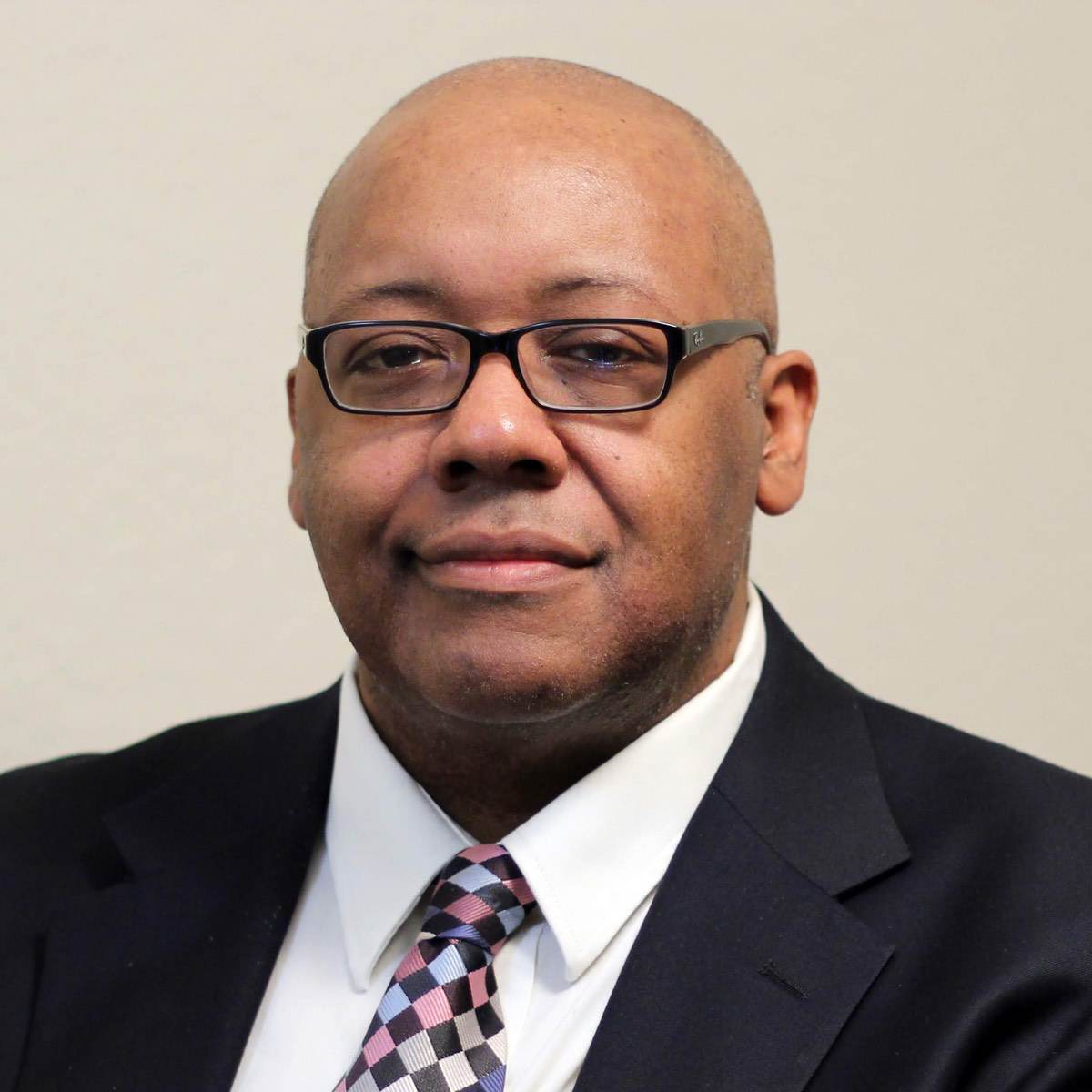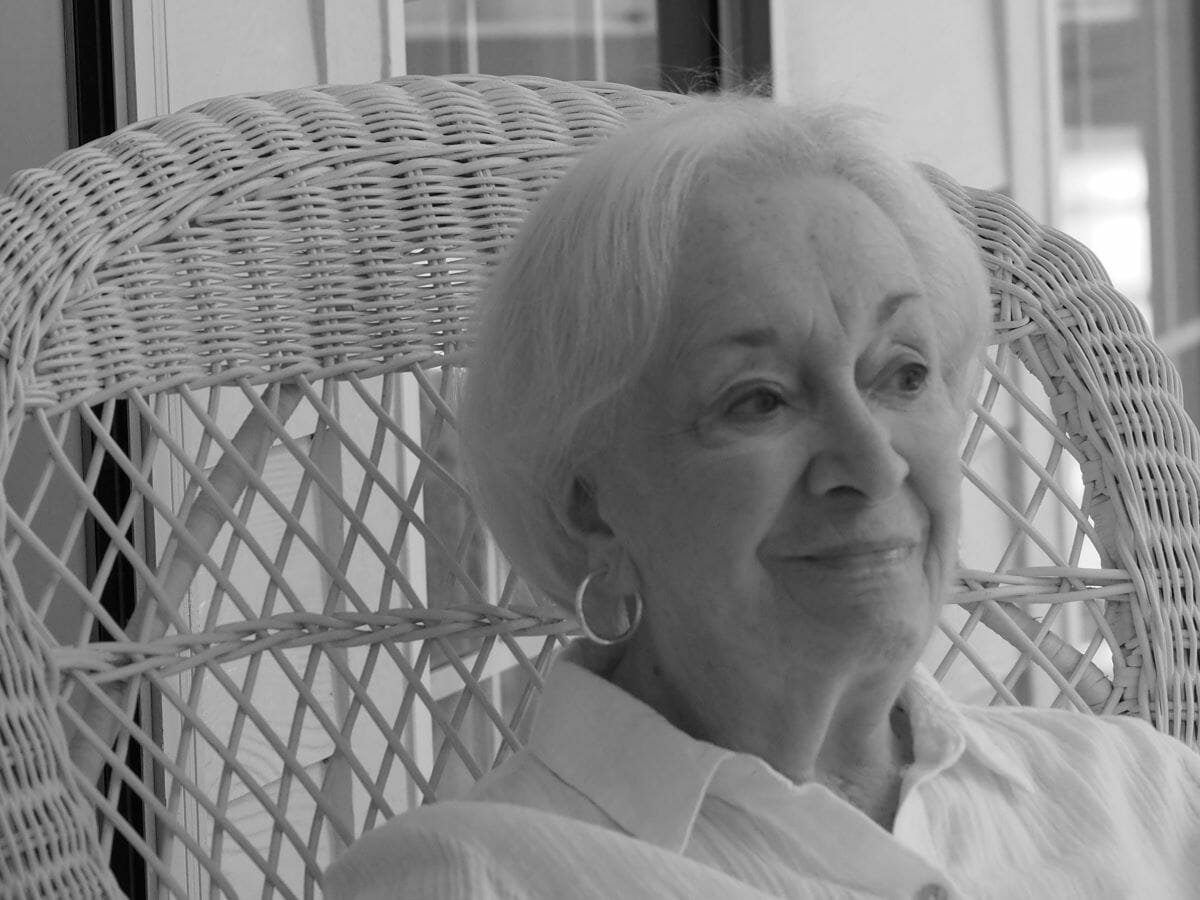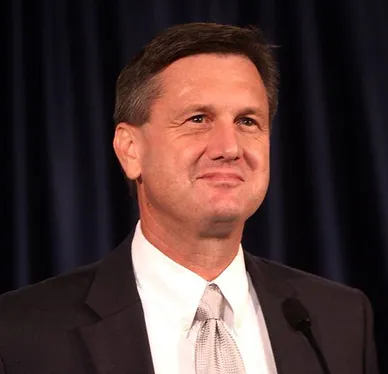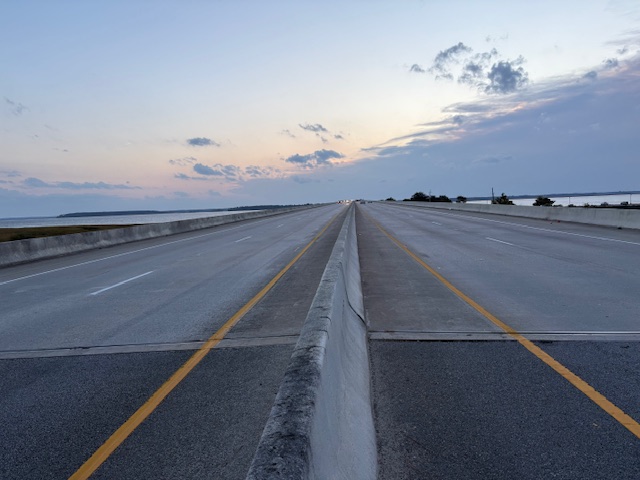By the time you read this, I likely will have returned from a visit home to the Upstate of South Carolina for the Labor Day weekend and to participate in the 40th annual family reunion for my great grandfather and his descendants.
William and Geneva Manning had 10 children, of whom our aunt Mae Velma is the last living. Those 10 children had … whew, I’ll just say there are a lot of Mannings and Manning in-laws out there.
Our particular reunion began as an offshoot of a larger Manning reunion that took place each year at Mike’s Creek Baptist Church in Gaffney. Mannings helped found a couple of churches in my hometown, but Mike’s Creek is considered the family’s ancestral home.
The offshoot happened after attendance started dwindling at the larger reunion, primarily due to diminishing interest by those who lived closest. Our relatives from “up north” were faithful in making the long drives down, but once local participation lagged, some of the relatives from Philadelphia and Cleveland had to have questioned why they were making such long trips to “meet, eat, and plan the next meeting.”
Some of my father’s cousins got together to plan a reunion that would focus on the descendants of my great-grandfather Will. It took place Sept. 11, 1982, at the recreational area connected to Concord Baptist Church. Photos from the day show my grandfather Olee and some of his siblings and a good number of their children and grandchildren packed into a little building, with our matching family reunion T-shirts of yellow with black text.
The T-shirt design was of a family tree with branches for each of Will and Geneva’s children – we call them “the original 10” – their spouses and children. Designs would evolve over the years so the grandchildren could be represented on the backs of the shirts, but eventually there got to be so many names, I think we all kind of gave up trying to fit all of them in that space.
Early on, we had a design contest for the T-shirts. One of mine was chosen for the 20th anniversary, but if I dig around in my old sketch pads I can still find at least a couple of mediocre designs I submitted that were mercifully rejected. Variations of the first winning design were used for several T-shirts after that, changing only in their combinations of colors for the shirts and text: green and yellow, blue and white, white and blue, and maroon and gold among others.
My cousin, Rickie Sarratt, has taken over design duties in recent years, and the t-shirts look better than ever.
It’s always great to see family. Of course, not all the faces in attendance at the first reunion are around to be seen now. I reminded a couple of relatives Saturday night none of us knows who is destined to be our generation’s Aunt Mae Velma: The last of her group. It could be a sobering thought, but it makes me thankful for her and for reunions as a phenomenon.
Readings on the origins of family reunions have a common theme.
The Charlotte Mecklenburg Library points to the Great Migrations of Black Americans from the South to northern cities where they hoped they could leave Jim Crown behind and find good-paying job opportunities. Fans of the TV show “Good Times” likely will remember father James Evans reversing that migration, looking for work in Mississippi (sorry, M-I-crooked-letter-crooked-letter-I-crooked-letter-crooked-letter-I-humpback-humpback-I) after prospects in Chicago came up short.
The National Museum of African American History and Culture goes farther back in time, saying reunions started with former enslaved people looking for loved ones they were separated from as part of the normal practice of the slave trade.
But this desire to reconnect isn’t exclusive to Black Americans. It’s not even exclusive to Americans. We forget families in other nations can face separation for intimidating political reasons, such as the formerly divided Germany, North and South Korea and the war in Ukraine.
All families need occasions to gather that are separate from funerals. There is no joy greater than the joy shared between loved ones.
And the future deserves for us to teach our children the connections that bind us as we continue to spread across the land.
Terry E. Manning is a Clemson graduate and worked for 20 years as a journalist. He can be reached at teemanning@gmail.com.









